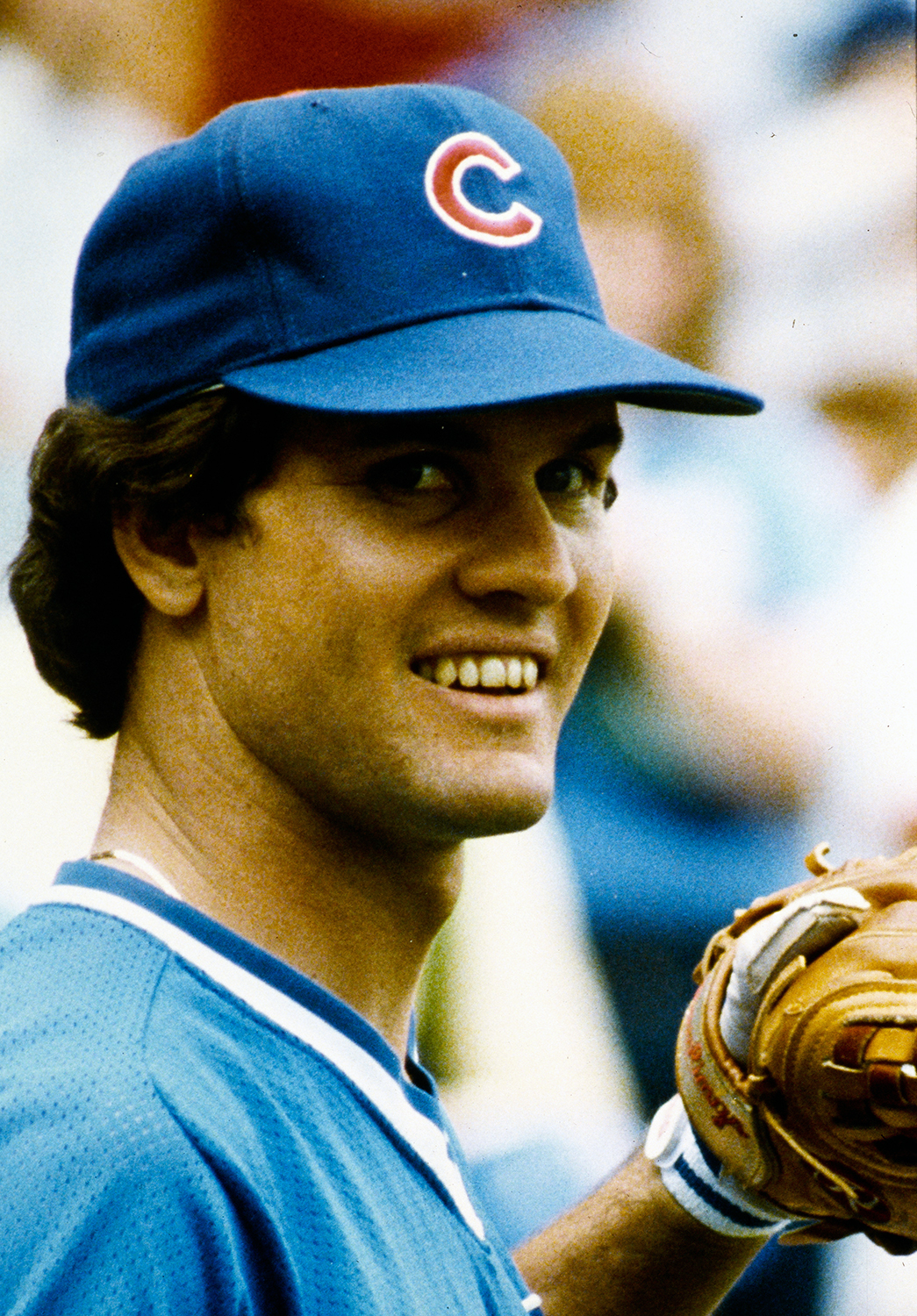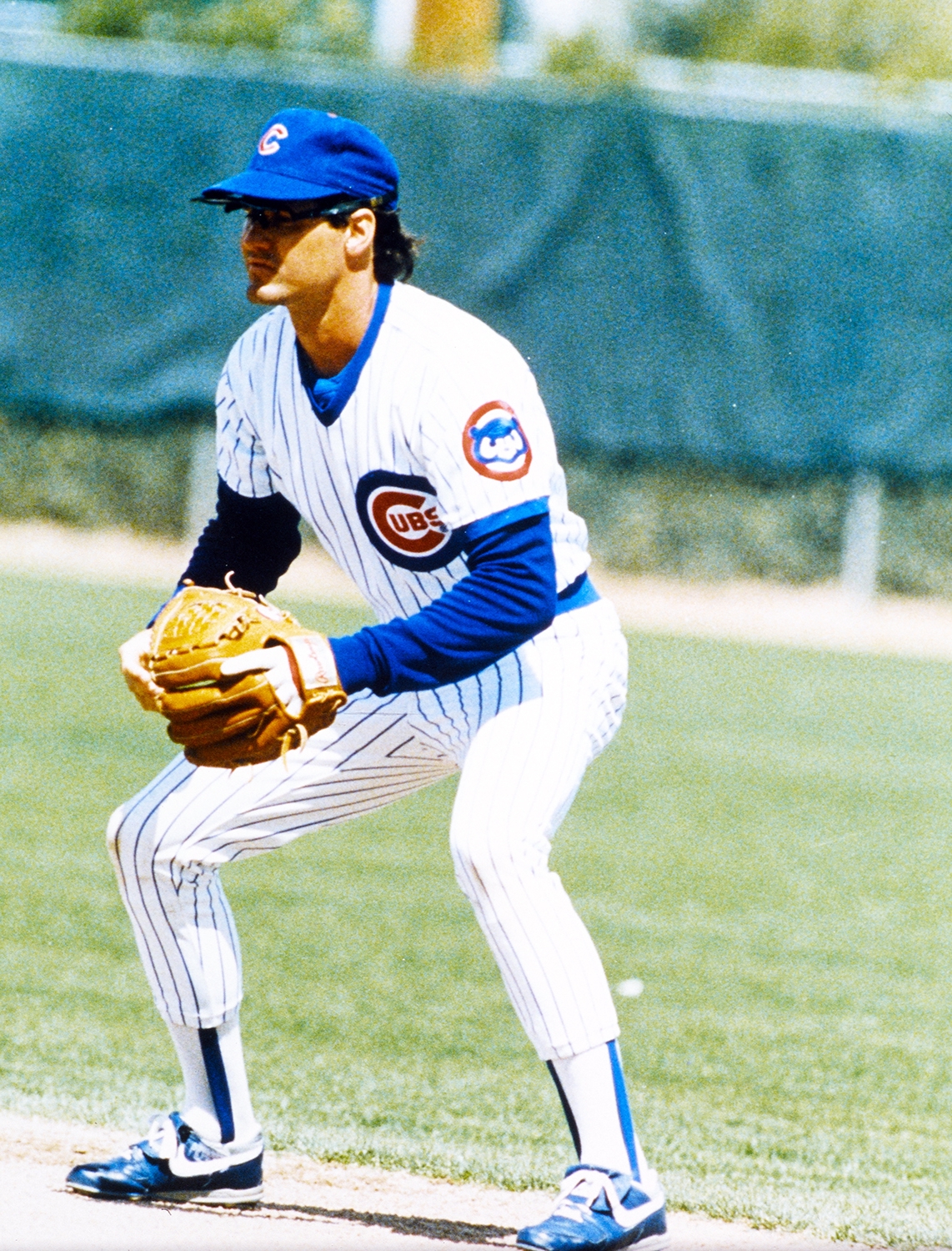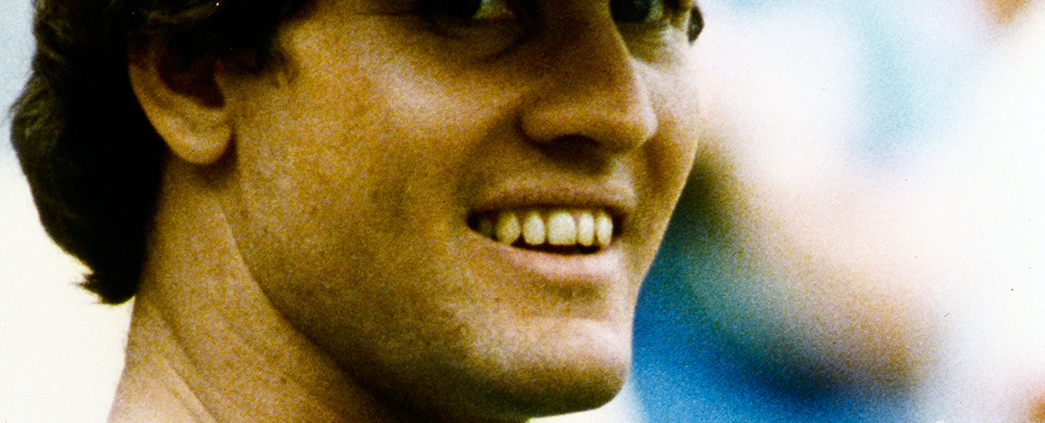In Memoriam: Ryne Sandberg
 Not long after Ryne Sandberg hit his second game-tying home run for the Chicago Cubs in a nationally televised game against the St. Louis Cardinals on June 23, 1984 — a game that would forever be known as The Sandberg Game — he became a nationally recognized superstar of almost mythic proportions at the age of 24. Broadcaster Bob Costas opined that “Roy Hobbs, The Natural, would be pleased by Sandberg’s performance today.” Reflecting on the game much later, Sandberg wrote, “It was the turning point of my career … it completely changed my life.”
Not long after Ryne Sandberg hit his second game-tying home run for the Chicago Cubs in a nationally televised game against the St. Louis Cardinals on June 23, 1984 — a game that would forever be known as The Sandberg Game — he became a nationally recognized superstar of almost mythic proportions at the age of 24. Broadcaster Bob Costas opined that “Roy Hobbs, The Natural, would be pleased by Sandberg’s performance today.” Reflecting on the game much later, Sandberg wrote, “It was the turning point of my career … it completely changed my life.”
Sandberg blossomed into a five-tool player, a rarity for a middle infielder. Over 14 full seasons and parts of two others, the soft-spoken second baseman compiled a .285 batting average and 282 home runs, collected a Most Valuable Player trophy, seven Silver Slugger and nine Gold Glove Awards, and appeared in 10 All-Star games.
In 2005, Sandberg received the ultimate honor of enshrinement in the Baseball Hall of Fame. He is one of five Cubs players with a statue outside of Wrigley Field, beloved by generations of fans.
Sandberg died at the age of 65 on July 28, 2025, following a two-year battle with prostate cancer.
Ryne Dee Sandberg was born on September 18, 1959, in Spokane, Washington. His parents, Sandy and Libby, named their youngest son after New York Yankees pitcher Ryne Duren. He was a multi-sport star at North Central High School, earning Parade Magazine All-America honors as a football quarterback. He signed a letter of intent to attend Washington State University on a football scholarship, but he chose to pursue a baseball career after the Philadelphia Phillies selected him in the 20th round of the 1978 amateur draft.
He was called up by the Phillies near the end of the 1981 season and made his major-league debut on September 2. With future Hall of Famer Mike Schmidt entrenched at third base, Philadelphia traded Sandberg and Larry Bowa to the Chicago Cubs for Iván de Jesús during the offseason. At his first Cubs spring training, Sandberg asked equipment manager Yosh Kawano for number 14, which he had worn in high school. Unaware of the franchise history (that was Ernie Banks’s number), he was politely given number 23, which he helped transform into an iconic number of its own in Chicago sports.
Near the end of 1982, Sandberg switched to second base and in 1983 he became the first National League player to win a Rawlings Gold Glove Award in his first full year at a new position. Before the 1984 season, Cubs manager Jim Frey challenged his athletic ex-quarterback in spring training: “How come you’re not more of a power hitter and not an MVP?” Sandberg began pulling inside pitches for home runs and transformed his game in 1984. His two home runs in The Sandberg Game gave him a new career-high of nine and he finished with 19 for the season, lifting the Cubs to their first NL East Division crown and a postseason berth for the first time since 1945. He easily won the NL’s Most Valuable Player Award to go with his first Silver Slugger Award and his second Gold Glove Award.
The Cubs reverted to their losing ways over the next four years. Sandberg, however, continued to shine. In 1988 he earned his sixth consecutive Gold Glove Award, surpassing the club record of five straight set by Ron Santo. In 1989, Chicago again won the NL East and Sandberg’s 30 home runs were a personal best. In the NL Championship Series, he had eight hits in 20 at-bats, including a home run, but the Cubs fell to the Giants in five games.
 Sandberg had arguably his finest season in 1990. He led the NL with 40 home runs, 116 runs scored, and 344 total bases, all career highs. He was the first second baseman since Rogers Hornsby in 1925 to lead the league in homers. In the field, he established a major-league record of 123 consecutive games without an error. Wrigley Field was the site of the 1990 All-Star Game, and Sandberg received 2.26 million votes, the most of any NL player. He defended the honor of the host club by winning the Home Run Derby exhibition.
Sandberg had arguably his finest season in 1990. He led the NL with 40 home runs, 116 runs scored, and 344 total bases, all career highs. He was the first second baseman since Rogers Hornsby in 1925 to lead the league in homers. In the field, he established a major-league record of 123 consecutive games without an error. Wrigley Field was the site of the 1990 All-Star Game, and Sandberg received 2.26 million votes, the most of any NL player. He defended the honor of the host club by winning the Home Run Derby exhibition.
The player who once aspired to be a utility infielder had developed into a genuine superstar. Sandberg’s handsome physique graced many a magazine cover. National sportswriters mulled over his potential Hall of Fame credentials. Families across the country named their sons after Sandberg. At least two, pitchers Ryne Stanek and Ryne Harper, made it to the major leagues.
On June 13, 1994, ten days before the 10th anniversary of The Sandberg Game, the 34-year-old stunned the baseball world by announcing his retirement. In an emotional press conference, with wife Cindy by his side, Sandberg stated that he had lost the competitive fire to play and wanted to spend time at home with his teenage children. “I lost the edge that it takes to play — the drive, the motivation, the killer instinct,” he admitted, forfeiting approximately $15 million left on his contract. Subsequently, it was reported that Cindy had filed for divorce months earlier.
Following a divorce and his marriage to Margaret Koehnemann, Sandberg returned to the field. He signed a one-year deal for $2 million in 1996 and slugged 25 home runs and drove in 92 runs. In early 1997, he hit his 267th career home run, breaking the major-league record for second basemen set by Joe Morgan. But his production dropped off, and on August 2 Sandberg announced he would retire at the end of the season. He stroked his final career home run on September 19, 1997, one day after his 38th birthday. The following afternoon, the Cubs held Ryne Sandberg Day. “I truly lived my field of dreams right here at Wrigley Field,” he told the sellout crowd.
In 2005, his third year of eligibility, Sandberg was inducted into the National Baseball Hall of Fame with fellow infielder Wade Boggs. At the conclusion of his remarks, the newly outspoken inductee addressed the game’s steroid scandal, saying, “Respect for the game of baseball. It’s something I hope we see again.” On August 28, Sandberg became the fourth Cubs player to have his number retired, joining Ernie Banks, Billy Williams, and Ron Santo.
In 2007, the Hall of Famer returned to the minor leagues and began a new chapter in his baseball career as a manager. He was passed over for the Cubs’ job after Lou Piniella retired but he was hired by the Philadelphia Phillies — returning to his first professional organization — to manage in 2013. The veteran Phillies struggled in Sandberg’s three seasons and he resigned in June 2015 amid a front-office shakeup.
Sandberg returned to the Chicago organization in the role of ambassador, greeting season-ticket holders and attending charity events on behalf of the ballclub. It was a fitting honor for one of the greatest and most popular players in club history. On October 30, 2016, Sandberg finally got to a World Series with the Cubs, tossing out the ceremonial first pitch at Wrigley Field before Game Five.
Read more:
- Ryne Sandberg’s SABR biography, by Tim Herlich
- June 23, 1984: The Sandberg Game, by Scott Ferkovich
- September 24, 1984: Cubs clinch first postseason berth since 1945, by John Fredland
- September 28, 1997: Cardinals win in Ryne Sandberg’s last career game, by Andrew Heckroth
- Ryne Sandberg’s Weiss Baseball Questionnaire from 1978
- Watch: Ryne Sandberg and Bobby Dernier at SABR Chicago meeting in 2021 (YouTube)
Originally published: July 28, 2025. Last Updated: July 28, 2025.


